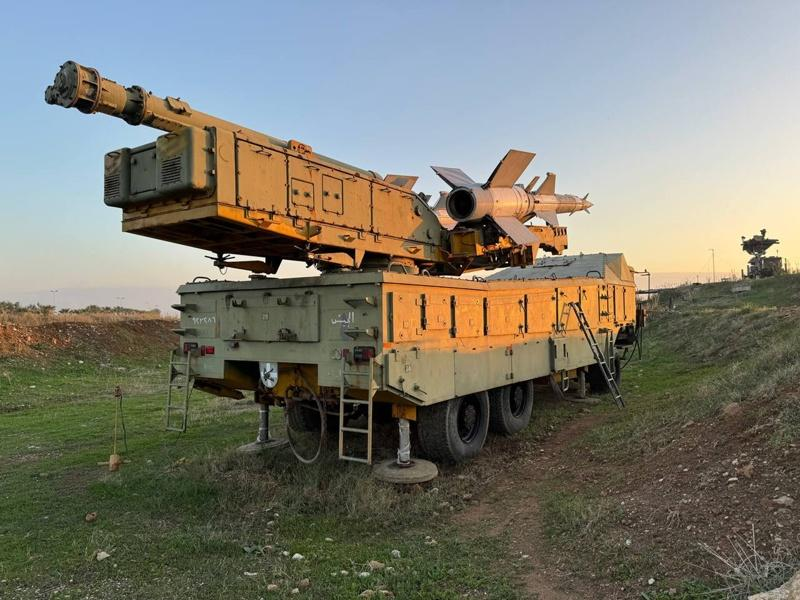
After 13 years of civil war and long-term turmoil in Syria, President Bashar Assad finally collapsed, but this severely damaged the “Axis of Resistance” that Iran had established in the Middle East over the past decade.
Anwar Gargash, a senior diplomat of the United Arab Emirates, said: “The Gaza war, the conflict in Lebanon, and the development of state power have indeed shattered Iran’s intimidation mentality.” He also emphasized: “Iran is still a key player in regional politics, and we should grasp it Timing” to connect with each other and discuss what to do next. “
In recent years, with the rise of Islamic countries in the Middle East, Iran’s “axis of resistance” has reached its peak. Lebanese Hezbollah has targeted Israel and launched attacks. Assad has also received support from Iranian and Hezbollah soldiers, gaining an advantage in the civil war. Even Russia has Coming out to support Assad highlights the importance of Syria at the crossroads of the Middle East.
Ali Akbar Velayati, adviser to Iran’s Supreme Leader Ayatollah Ali Khamenei, once declared: “Without Syria, the Middle East chain will be broken, and the resistance against Israel and its supporters will also be weakened.”
Unexpectedly, Assad suffered a devastating defeat in just one week. The Iranian and Russian reinforcements he originally relied on did not appear at the critical moment. Russia was unable to protect itself due to its invasion of Ukraine, and Iran was even more targeted by Israel.







